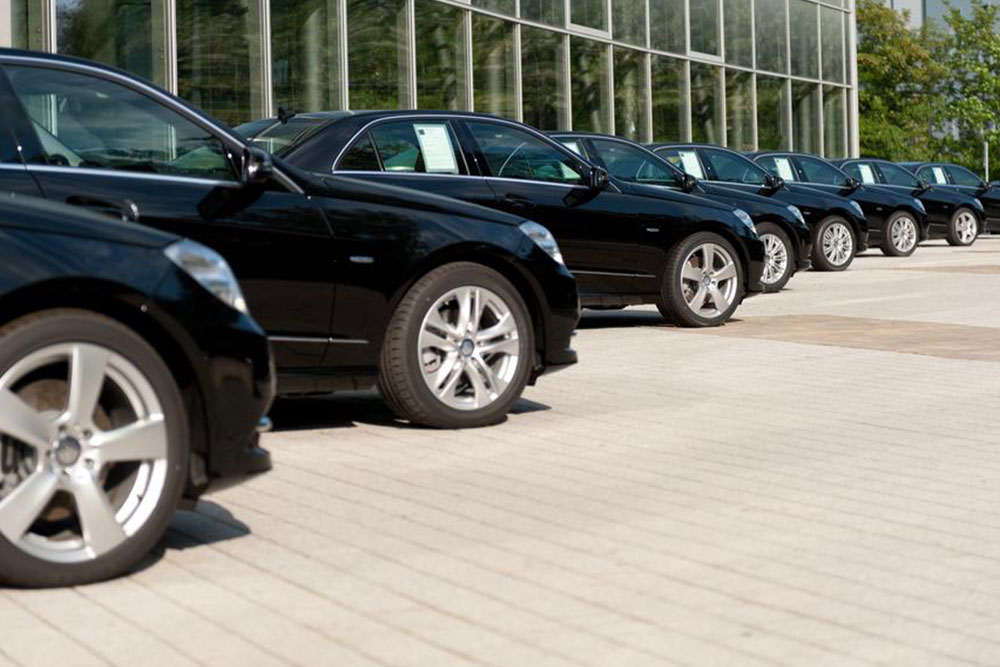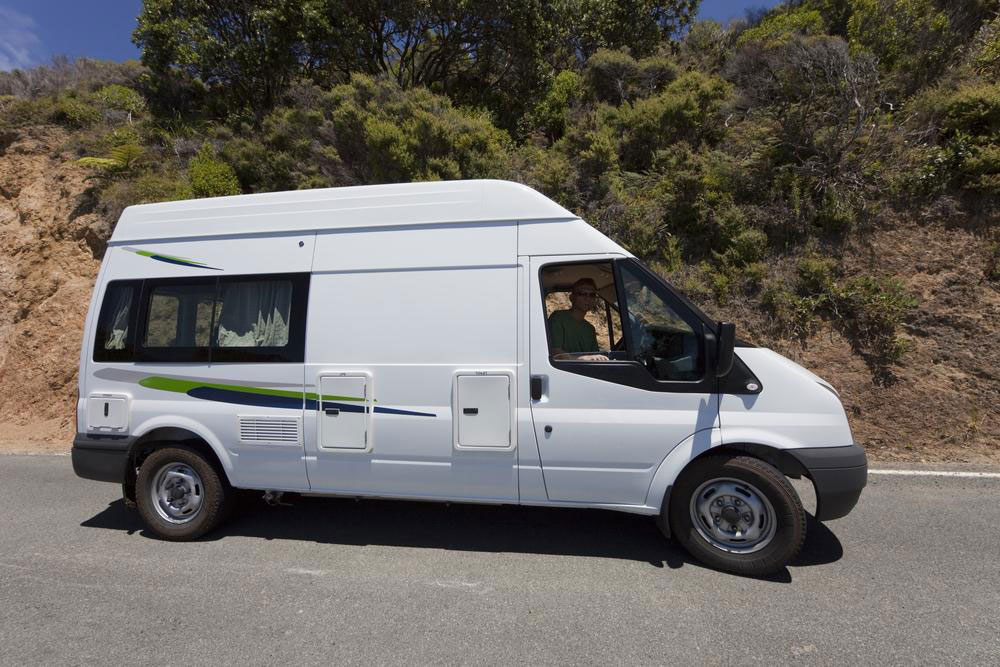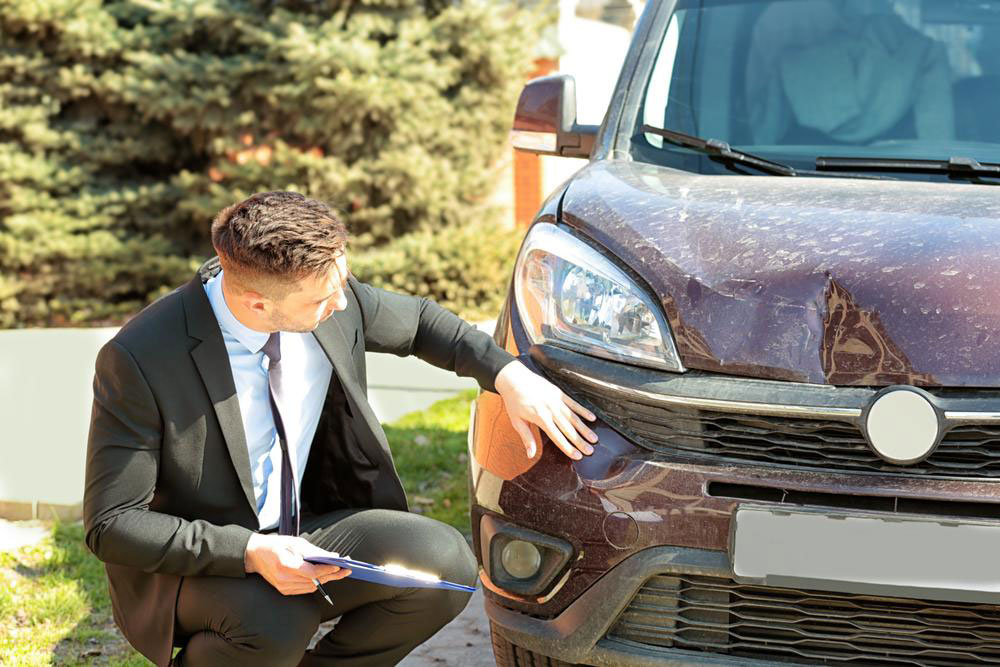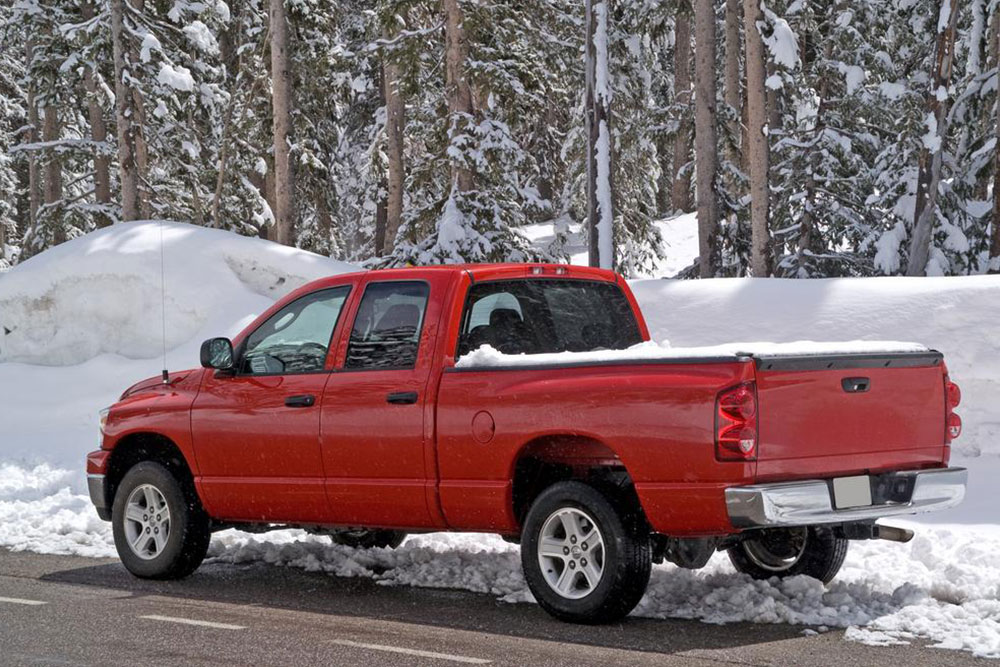Essential Guide to Purchasing a Used Motorcycle
Learn essential tips for buying a used motorcycle, including how to verify the VIN, inspect components, and assess the bike's history and condition. This guide helps buyers make informed decisions, find quality vehicles at better prices, and avoid common pitfalls when purchasing second-hand bikes.

Essential Tips for Buying a Pre-Owned Motorcycle
Many enthusiasts aspire to own a motorcycle, mainly because of its convenience and agility in navigating busy streets. Additionally, motorcycles are easy to park in tight spaces. Today, more people are choosing affordable second-hand bikes that combine style and function. The global market for used bikes is expected to reach $66.2 million by 2031. Here are some crucial tips to help secure the best deals on used motorcycles:
Assess Your Needs
The ideal bike depends on your purpose and terrain. For city commuting, simple street bikes are suitable. For off-road adventures, dirt bikes or mountain bikes work best. Hybrid models suit those wanting versatility for both urban and rough terrains. Setting a budget is essential, as used motorcycle prices vary from $3,000 to $10,000 based on mileage and condition.
Next, verify the Vehicle Identification Number (VIN) to confirm authenticity. Ensure the VIN hasn't been tampered with by comparing it with other similar motorcycles from the same brand or model. Investigate the theft history of the brand and model to avoid future issues. When considering a bike, inspect all parts carefully—levers, footpegs, exhaust, suspension, bar ends, and tires—as hidden damage may be present. Always check for dust buildup around the chain and sprocket.
Use reputable online platforms to access the vehicle’s history report via the VIN. These reports provide insights on previous ownership, theft records, or illegal activities associated with the bike. Repossessed bikes, sold by banks after loan defaults, are often cheaper and of good quality. Auctions are a common way to acquire these vehicles. Additionally, always ask the seller to let the motorcycle cool down before inspection; cold engines reveal starting issues or internal problems. Inquire why the bike is being sold—this can uncover hidden issues. When inspecting, do so in daylight or with a flashlight if necessary, and thoroughly review all documents, matching engine and model details with the paperwork. Also, ask about any specific faults like oil leaks, rust, or corrosion, to estimate maintenance costs. Making an informed decision ensures a worthwhile purchase.






